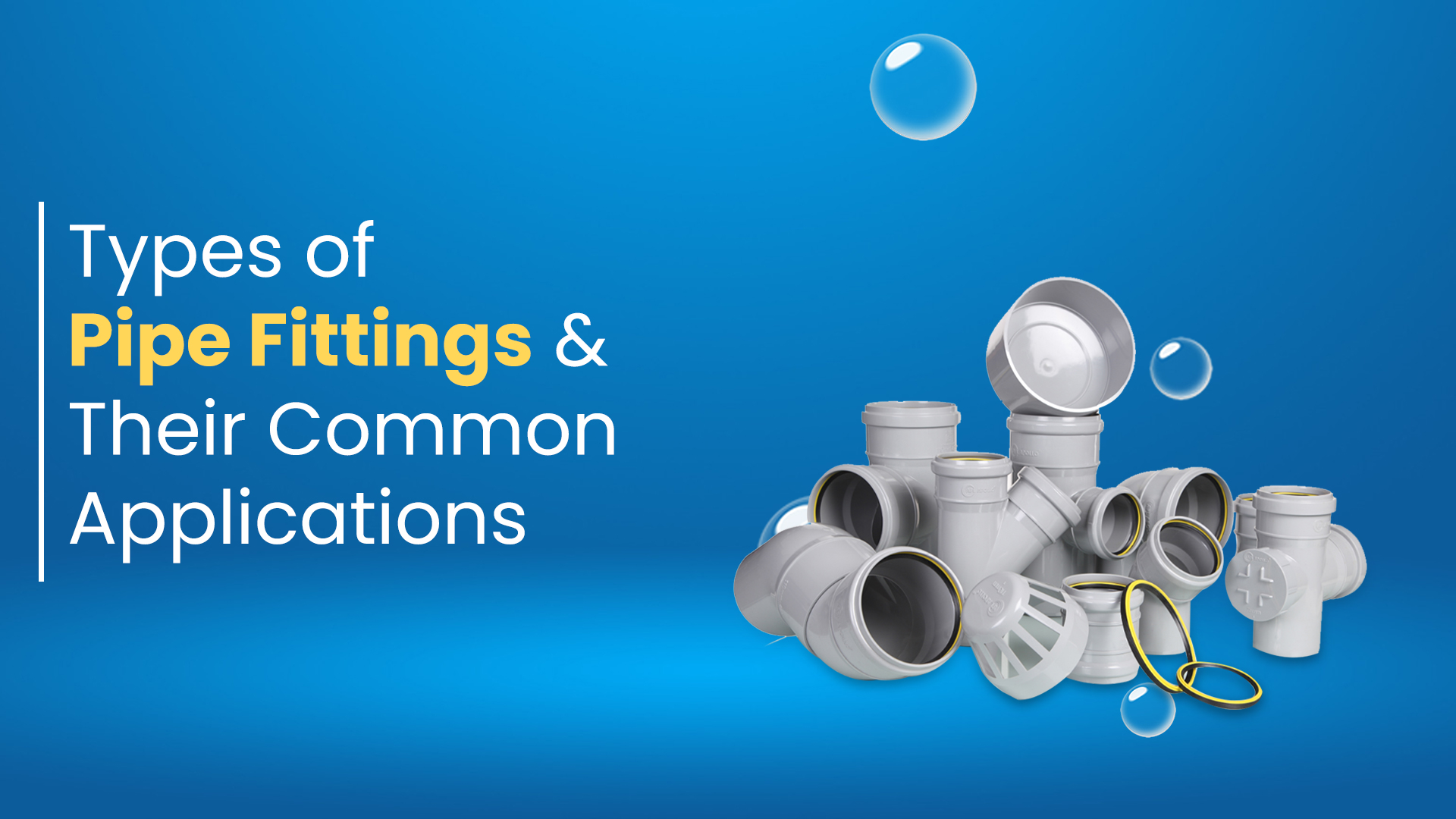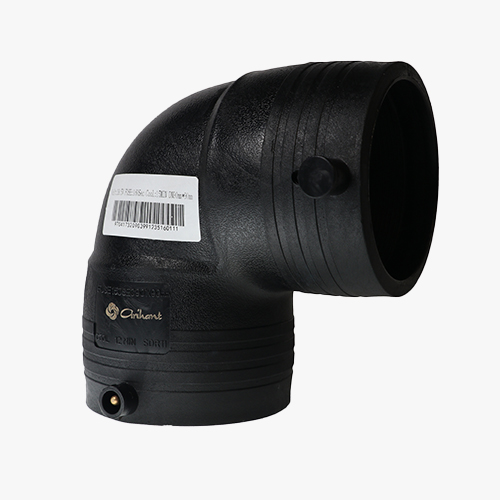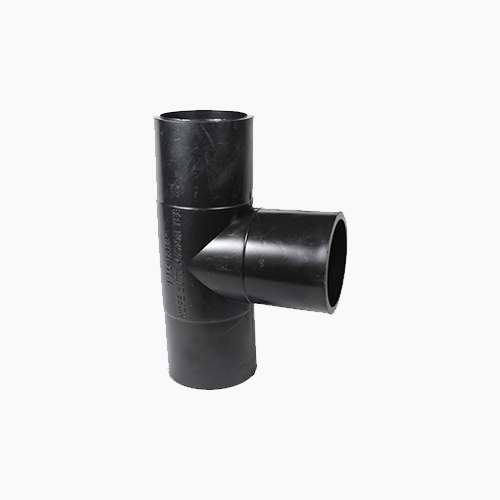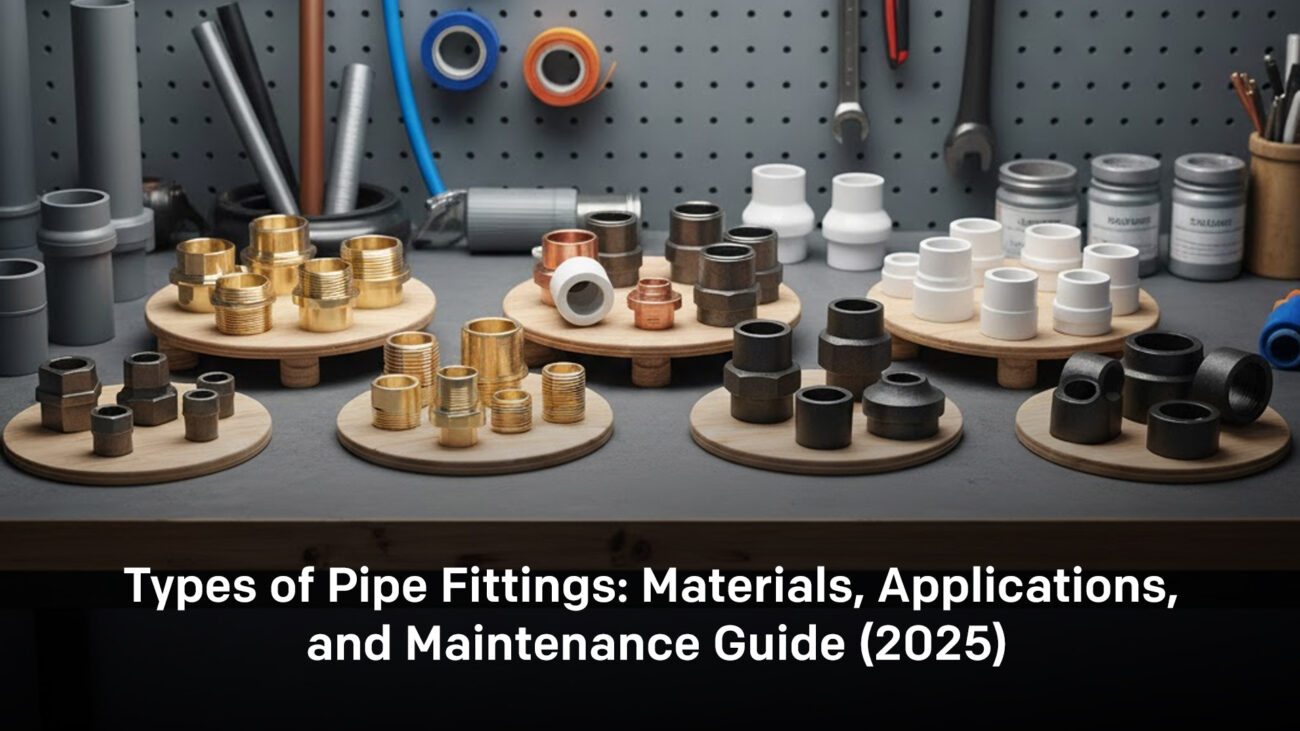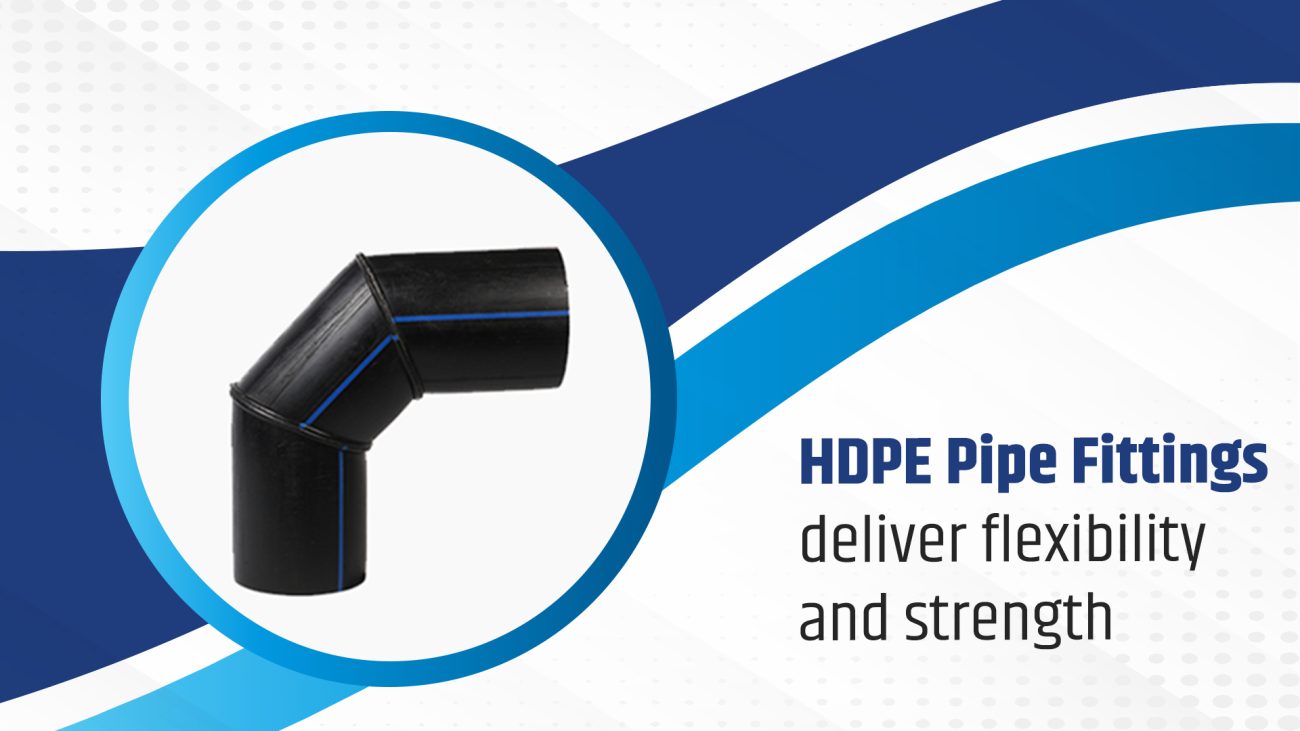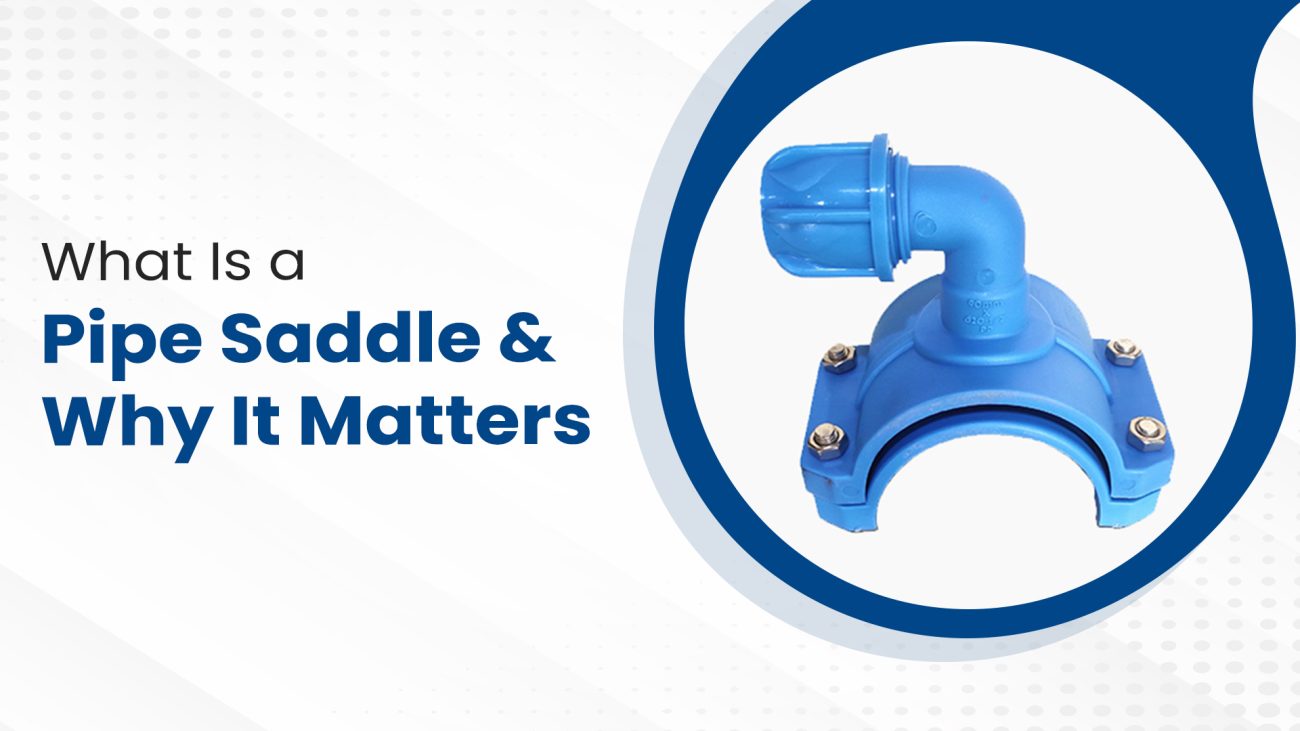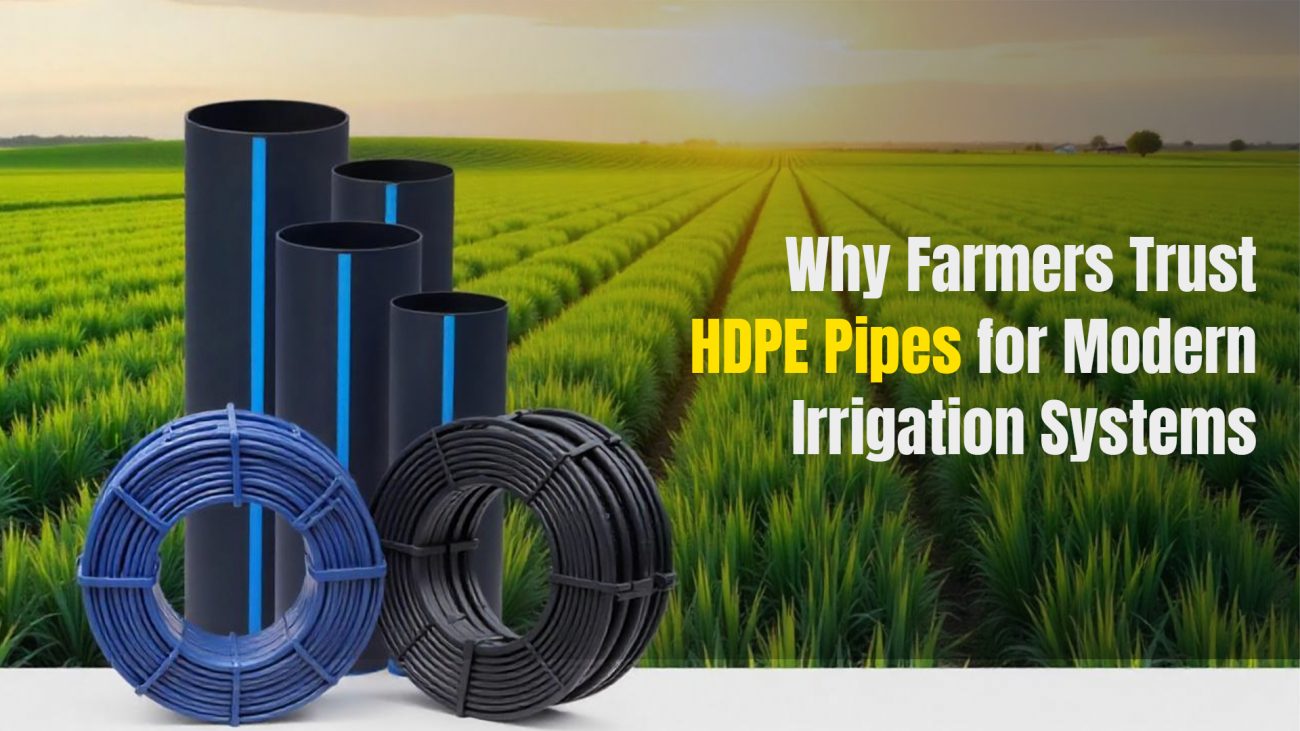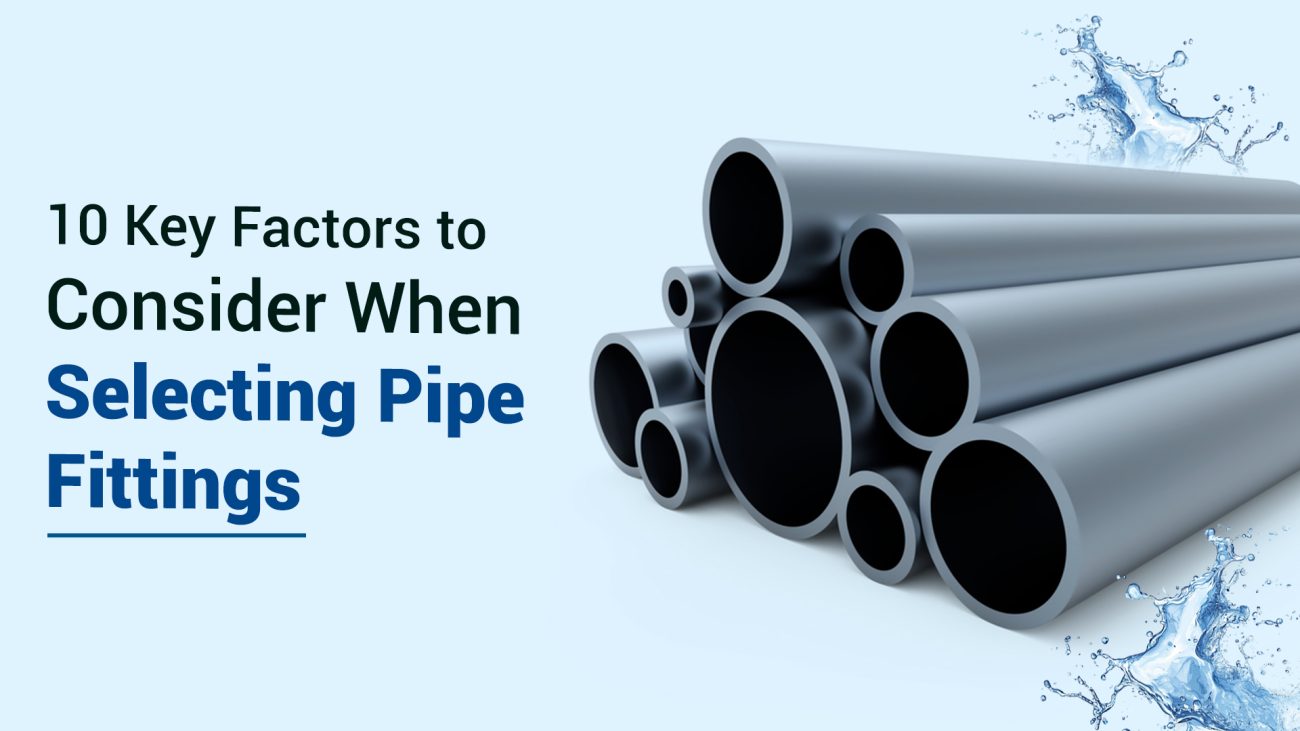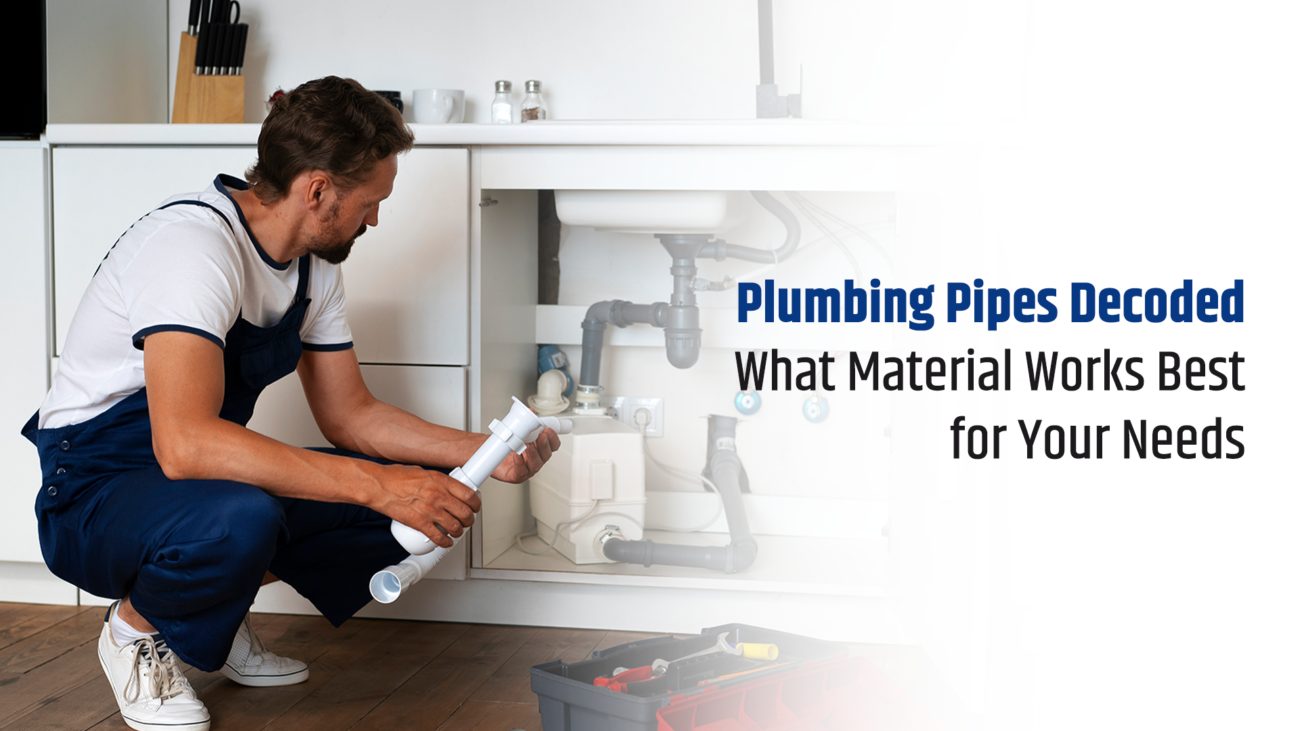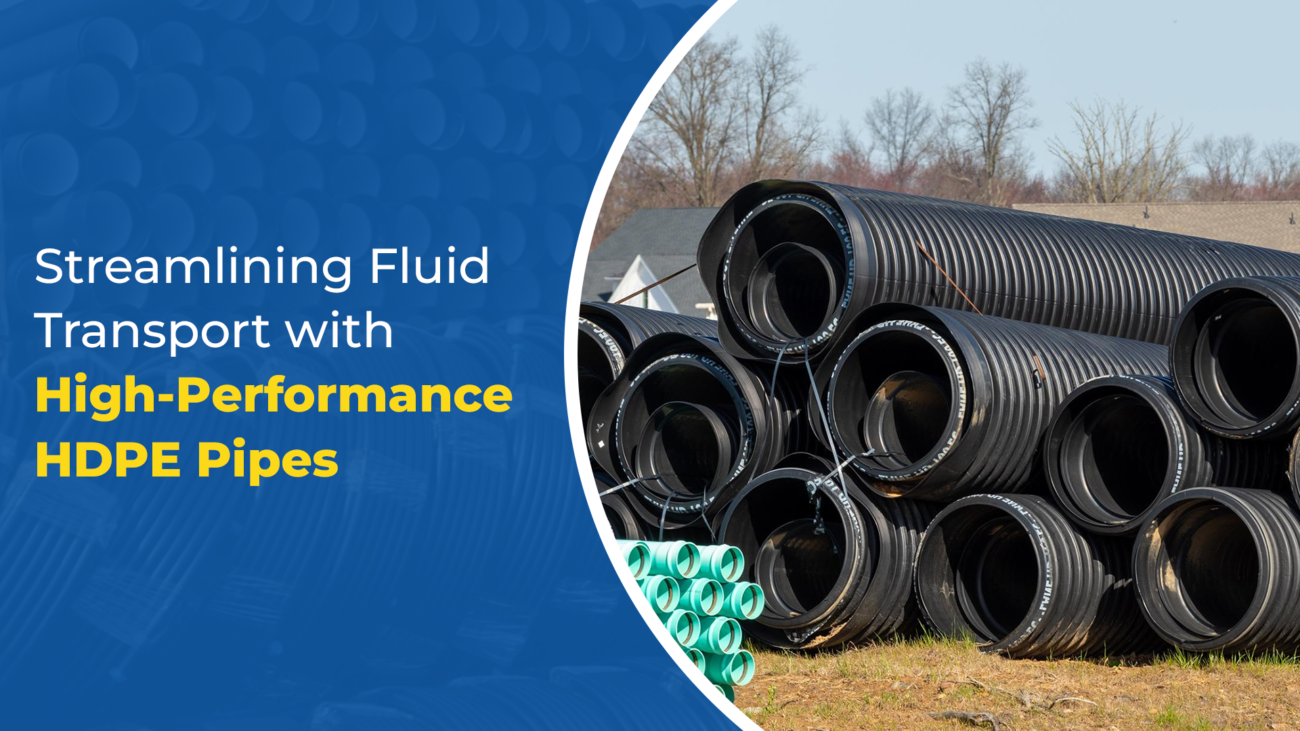Have you ever wondered how water gets into your faucet or how sinks connect to drains? It isn’t just one long pipe. Pipes need to turn, branch apart, and change size to get where they’re going. That is where pipe fittings come in.
Pipe fittings are the parts that join pipes together. They change their direction or help them split into different paths. Without the right fittings, water could not flow where we need it to go.
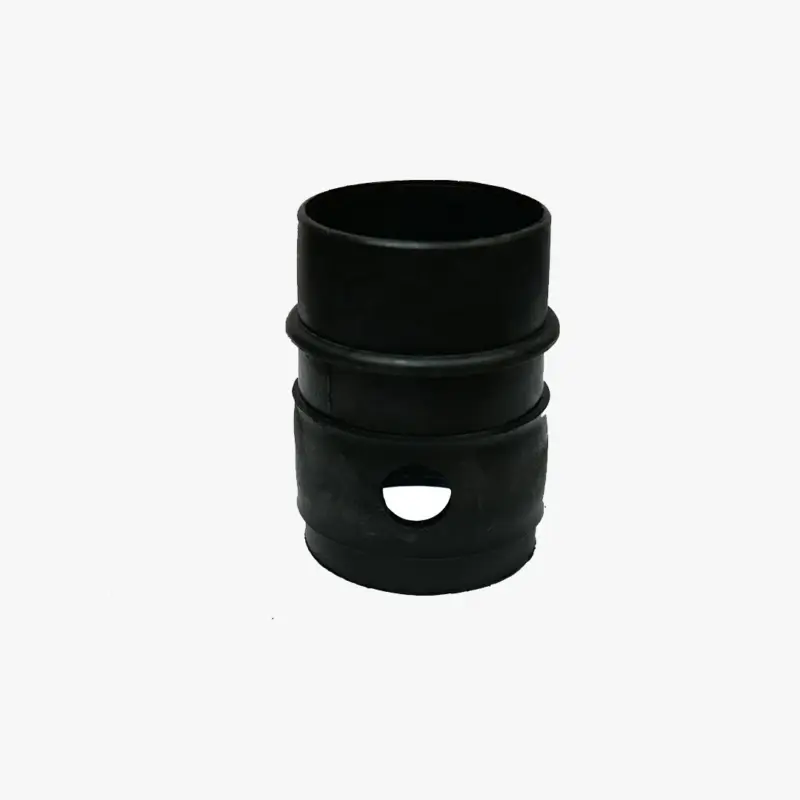
Common Materials for Pipe Fittings
Pipe fittings come in different materials. The choice of material depends on the job. It must work with the fluid inside and last a long time. The right material prevents problems like rust or breaks. It must suit the types of pipe used in the system.
Metal Fittings:
- These are formed of materials such as steel, copper, or brass.
- Metal fittings are robust. They can withstand high pressure and heat well.
- Some metals may rust or react with chemicals over time.
- They are used in factories, hot water systems, and gas lines.
Plastic Fittings:
- This group includes PVC pipe fittings and HDPE pipe fittings.
- Plastic does not rust. It resists many chemicals.
- It is lighter than metal and usually costs less.
- Plastic may not be best for very hot or high-pressure uses.
PVC pipe fittings are common in home drains and irrigation. HDPE pipe fittings are used underground for water or gas because they are tough and don’t leak.
A Guide to Common Pipe Fitting Types & Their Uses
Now let’s look at the different shapes of pipe fittings. Each one has a specific job in directing and managing flow within a piping system. These shapes are universal, whether you are using metal, PVC pipe fittings, or HDPE pipe fittings.
1.Elbow
Job: To change the direction of the pipe.
Details: They are often offered in 90- and 45-degree angles. It allows a pipeline to go around obstacles and round corners.
Use: Found in virtually every system, from under a kitchen sink to large industrial plants.
2.Tee
Job: To combine or split the flow of a fluid.
Details: The shape resembles the letter ‘T.’ One inlet can split into two outlets. Or two inlets can combine into one outlet.
Use: Used when a branch line is needed off a main pipe run. Used for a water line splitting to go to a sink and a toilet.
3.Reducer
Job: To connect two pipes of different diameters.
Details: There are two main kinds. A concentric reducer is symmetrical and cone-shaped. An eccentric reducer has one flat side. It helps prevent air bubbles from getting trapped in the system.
Use: Essential for adapting a wider pipe to a narrower one. It is commonly used at pump connections.
4.Coupling
Job: To connect two straight pipes of the same size.
Details: It has very short sleeves. If a pipe breaks, a coupling can be used to repair it.
Use: A fundamental fitting for extending a run of pipe or making a simple repair.
5.Union
Job: Similar to a coupling, but it is designed to be taken apart easily.
Details: A union uses a nut to lock together a male and female end. This allows for future maintenance without having to cut the pipe.
Use: Placed near equipment like water heaters or pumps that may need to be serviced or replaced.
6.Cap and Plug
Job: Both are used to stop the flow. A cap seals the end of a pipe. A plug seals the end of a fitting.
Use: Caps are used to permanently or temporarily close off the end of a pipeline. Plugs are used to close an unused opening on a fitting, like the outlet of a tee.
7.Valve
Job: To control the flow of fluid. It can start, stop, or regulate how much fluid passes through.
Details: There are many types of pipe valves. A ball valve is a simple on/off switch. A gate valve is used to isolate a section of pipe. A check valve only allows fluid to flow in one direction. It prevents backflow.
Use: It is critical for managing any system. It allows sections to be shut down for repair or flow to be adjusted.
Common Applications Across Industries
Pipe fittings are crucial components of several systems. They are utilized in a wide range of applications. These elements are found in a variety of significant industries.
Residential and Commercial Plumbing:
- This is the most familiar application for most people.
- Systems deliver hot and cold water to sinks, showers, and appliances.
- Other systems remove waste from drains and provide ventilation.
Agriculture and Irrigation:
- Irrigation systems use pipes and fittings to bring water to fields.
- These systems need to be durable and reliable.
- HDPE pipe fittings are popular for this purpose because they are strong and do not rust.
Industrial Processing:
- Manufacturing processes often involve moving liquids or gases.
- Fittings in these settings must handle high pressure or extreme temperatures.
- Special materials are selected based on what is being transported.
Municipal Water and Gas Supply:
- Underground mains that deliver potable water to communities use robust piping.
- Distribution systems for natural gas also require reliable, leak-proof networks.
- HDPE pipe fittings are a standard choice for these critical applications. The heat fusion method creates a permanent, monolithic joint that is exceptionally reliable.
Fire Protection Systems:
- Pipes and fittings are essential components of building sprinkler systems.
- These systems must function properly during an emergency.
- Fittings are designed to meet safety requirements.
Conclusion
Pipe fittings are the essential connectors that make complex piping systems possible. They allow networks of types of pipe to change direction, split off, or change size. Without these components, systems for water, gas, and other fluids simply could not function.
Selecting the right fitting need careful consideration. The material must be compatible with the fluid and the environment. The connection method must be suited to the need for permanence or maintenance. The decision is influenced by application, temperature, and pressure. Common PVC pipe fittings for drainage and durable HDPE pipe fittings for subsurface mains are among the alternatives.
FAQs
1.What are the types of fittings used in a pipe?
The most common types of fittings used to connect pipes include:
- Elbows: Used to change the direction of the pipe.
- Tees: Used to combine or split the flow of fluid into two directions.
- Reducers: Used to connect pipes of different diameters.
- Couplings: Used to connect two straight pipes of the same size.
- Unions: Similar to couplings. It allows for easy disassembly for maintenance.
- Caps and Plugs: Used to seal the end of a pipe or a fitting.
- Valves: Used to control, start, or stop the flow of fluid.
2.What is a pipe fitting, and what are its types?
A pipe fitting joins sections of pipe together. Its function is to modify the flow direction. There are two types of fittings:
- By Function: This refers to the fitting’s shape and purpose.
- By Material: This refers to what the fitting is made from. It must match the pipe material. Common materials include copper, steel, PVC pipe fittings, and HDPE pipe fittings.
3.How to identify pipe fittings?
You can identify a pipe fitting by looking at three key characteristics:
- Shape: Examine its physical form. An elbow is curved, a tee is T-shaped, and a reducer is cone-shaped.
- Size: Measure the diameter of the openings. This tells you what types of pipe it can connect. A reducer will have two different-sized openings.
- Connection Type: Look at how it attaches. Does it have threads? Is it smooth for solvent welding? This helps you determine its material and application.
4.What is the most common pipe fitting?
It is difficult to name a single most common fitting, as it varies by application. Some of the most widely used fittings across all industries are:
- Elbows: Required in almost every system to navigate around obstacles.
- Tees: Essential for creating branch lines.
- Couplings: Fundamental for connecting straight pipe sections.



